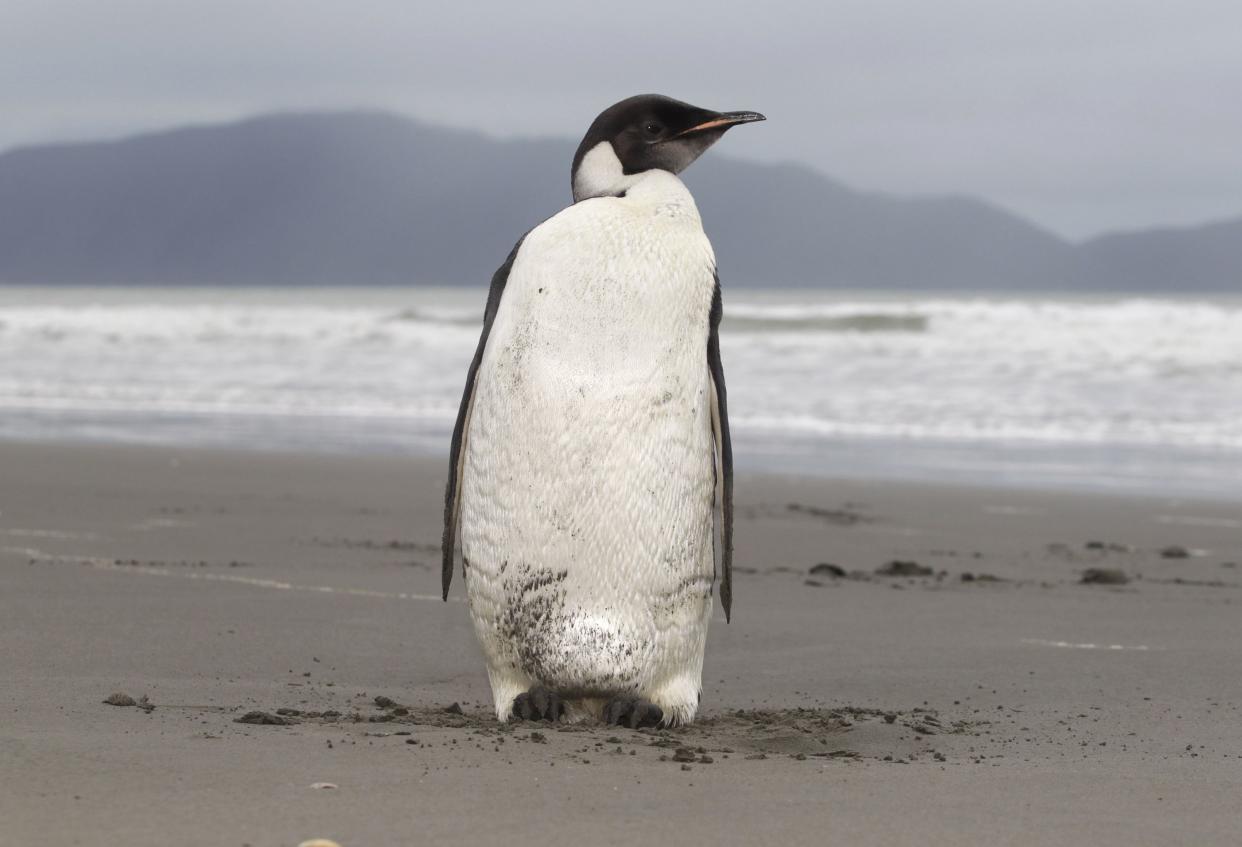Nearly all Emperor penguin colonies could be near extinction by 2100
The vast majority of Emperor penguin populations could be pushed to the brink of extinction by 2100, if climate change continues unfettered.
The U.S. Fish and Wildlife Service on Tuesday proposed the Endangered Species Act list Emperor penguins as threatened, The Associated Press reports.
While roughly 70% of the species’ colonies will be at risk by 2050, 98% could be at risk of extinction by 2100 if there are no changes to climate change and the current rates of carbon emissions, according to a study also published Tuesday in Global Change Biology.

The new research focused on overall warming trends, pointing to extremely low levels of sea ice in 2016 which resulted in the significant failure to breed by a colony in Halley Bay, in Antarctica. The growing probability of extreme global warming-fueled weather changes is also viewed in the study.
“The lifecycle of Emperor penguins is tied to having stable sea ice, which they need to breed, to feed and to molt,” penguin ecologist Stephanie Jenouvrier, of the Woods Hole Oceanographic Institution, told AP.
That colony did not recover after 2016, in which roughly 10,000 baby birds drowned as the ice broke up before chicks could develop their waterproof adult feathers, explained Jenouvrier.
The species — the largest penguins in the world — breeds exclusively in Antarctica in the winter, though they can’t survive with a shortage of sea ice.
“These penguins are hard hit by the climate crisis, and the U.S. government is finally recognizing that threat,” said Sarah Uhlemann, international program director at nonprofit Center of Biological Diversity.
There are currently 625,000 to 650,000 Emperor penguins left or about 270,000 to 280,000 breeding pairs.
The proposed listing was published early Wednesday in the Federal Register and is open until Oct. 4 for comments, which will hopefully concern population trends at breeding colonies, as well as colony names and locations, and conservation measures for the species or its habitat.
With News Wire Services
